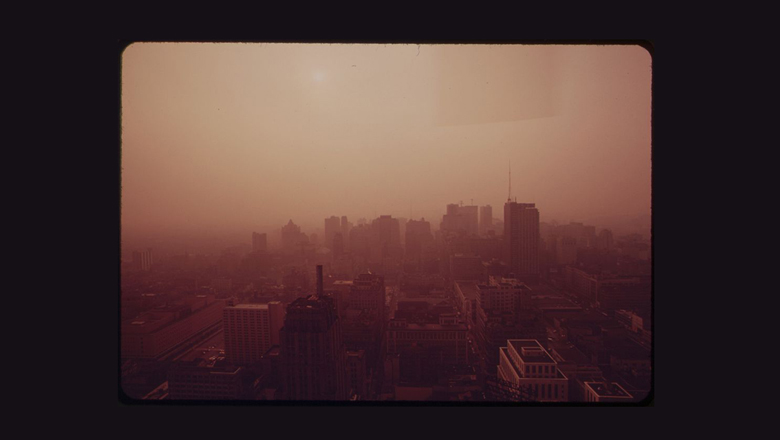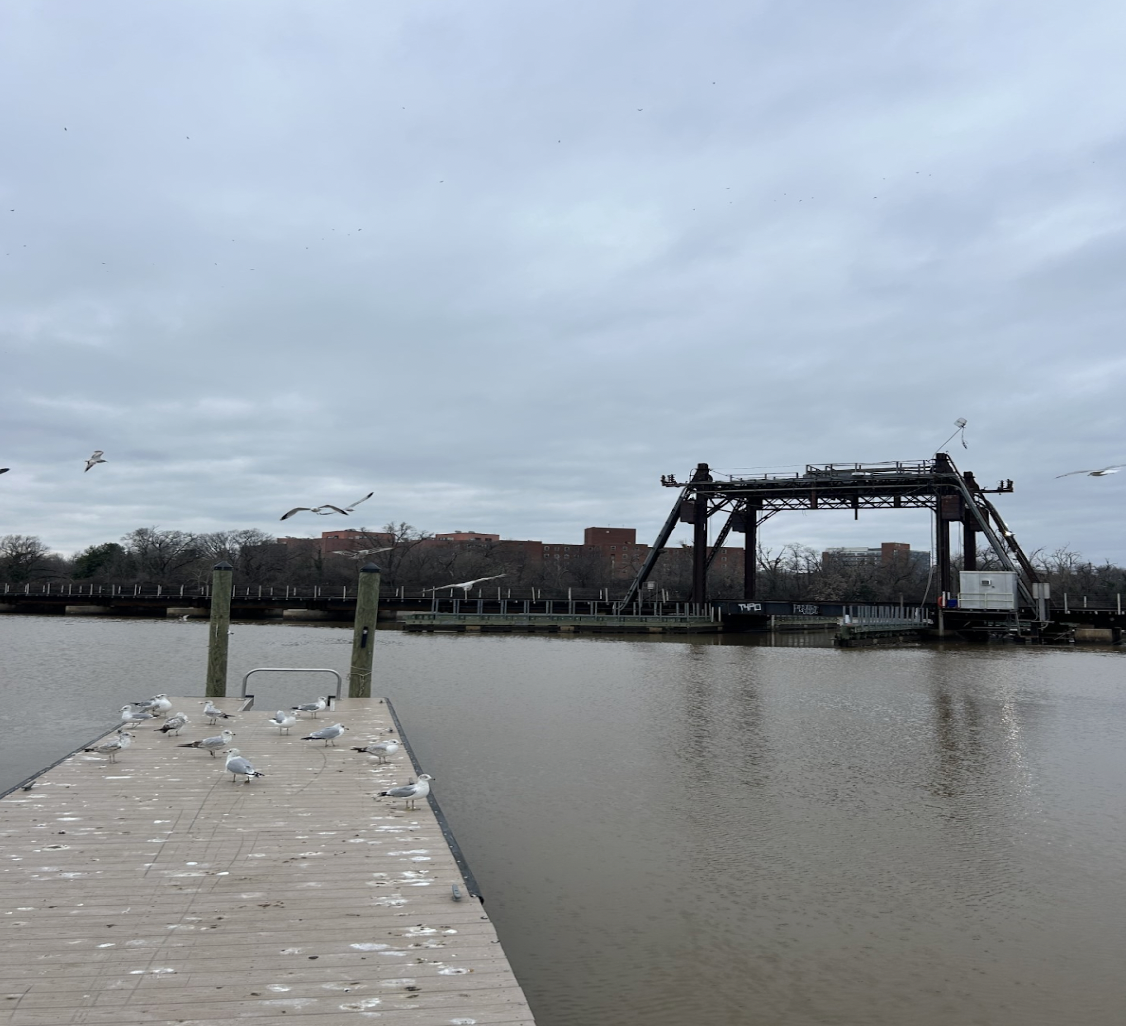
Throwback Thursday: Killer Smog

The scene: a small valley town on the outskirts of Pittsburgh. A thick fog rolls in. Townsfolk start to cough. And get sick. And even die.
Sure, killer fog sounds like a scary plot device from a Stephen King book. But 67 years ago, 20 people did die and thousands were injured over a period of five days in the southwestern Pennsylvania town of Donora as a result of the weather phenomenon combined with airborne pollutants from local factories.
The heavy fog, which began to blanket the town sometime on Tuesday, Oct. 26, 1948, became toxic as it trapped pollutants from a zinc smelting plant and various steel mills low to the ground, where residents then inhaled them.
Despite efforts to evacuate residents with weak lungs, 11 deaths had already occurred in the short time following the weather change. The conditions persisted for five days, with nine more dead before the zinc factory closed and rain dispersed the fog. Thousands of locals spilled into the hospital with respiratory issues.
The disaster alerted the nation to the crisis of air pollution from factory emissions, sparking a national debate. Before the tragedy in Donora, the public did not widely believe that industrial air pollution could kill, but the event proved otherwise. The outcry following the fiasco paved the way for the Clean Air Act to pass in 1955, seven years later. It was the first major law to regulate air emissions and has evolved over the years to reduce harmful chemicals in the air.
Unfortunately, air and water pollution is still a very real threat to health. Even today, western Pennsylvania is still home to high levels of pollution from fracking (drilling for natural gas), which can cause illness in those who live close to processing stations. In Carroll County, Ohio, where fracking is common, exposure accounts for a higher risk of cancer. Researchers concluded that lifetime cancer risk from local pollution is 2.9 in 10,000, almost triple the risk level accepted by the EPA. Even though the EPA has confirmed the threat of pollution from this method of drilling, the topic remains controversial.
Though this is one example of continued industrial pollution in the U.S., it is far from being the only threat. Further, not all countries in the world play by the same rules: many countries still release masses of toxic chemicals into the environment. It begs the question, how many tragedies have to occur as a result of pollution in the future? Hopefully, the world will continue to move forward in reducing industrial pollution.
(Image at top: In August of 1973, sunset highlights the smog above Center City in Philadelphia. / Photo by Dick Swanson/EPA/U.S. National Archives)























